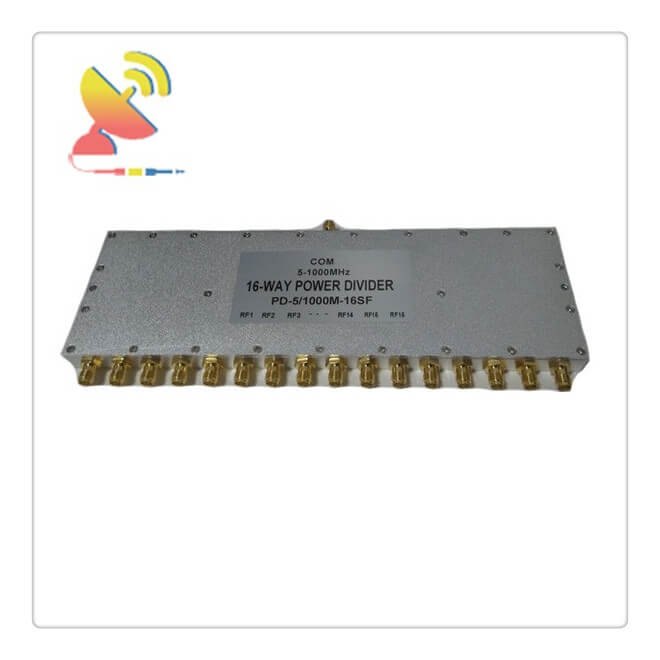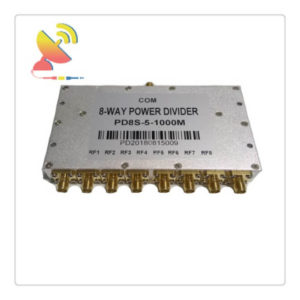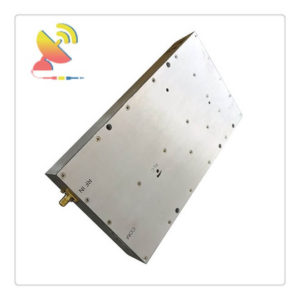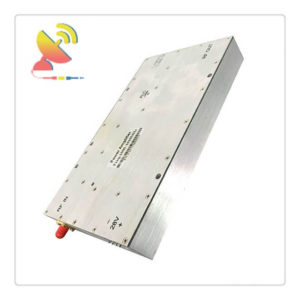Description
What is a 16-Way Power Divider 5-1000 MHz Wideband Divider?
The Power Divider 16-Way Power Divider CTRF-ANTENNA-PSPD-5-1000-16Way power splitter is a 16-way, 50 ohms, extra-wide band 5-1000Mhz RF power divider, power combiner furnished with type SMA female coaxial connectors supplied by C&T RF Antennas Inc.
16-Way Power Divider 5-1000 MHz Wideband Divider is supplied by C&T RF Antennas Inc, we provide RF products with RF antennas, Antenna Accessories, Amplifiers, And Repeaters.
C&T RF Antennas Inc provides internal & external antennas with antenna radio frequencies such as NFC, 169MHz, 230MHz, 315MHz, 433MHz, 868MHz, 915MHz, VHF&UHF, Lora, NB-IoT, ADS-B, GSM, GNSS, GPRS, 1.2 GHz, 1.4 GHz, 1.8 GHz, Wi-Fi 2.4 GHz, 5.8 GHz, Cellular 2G, 3G, 3.5 GHz, 4G LTE, GPS, 5G NR, 6G, etc.
C&T RF Antennas Inc. provides RF antennae with Omni & Directional antenna types such as Dipole Antennas, Whip Antennas, Marine Antennas, Router Antennas, MIMO Antennas, Combo Antennas, PCB Antennas, FPC Antennas, Spring Antennas, Magnetic Antennas, Sector Antennas, Yagi Antennas, and Accessories, etc, for IoT & M2M industries.
C&T RF Antennas Inc is a 16-Way Power Divider supplier in China, we offer the 16-Way Power Divider datasheet, 16-Way Power Divider pricing, and inventory on 16-Way Power Divider, contact us for more 16-Way Power Divider details.
16-Way Power Divider 5-1000 MHz Wideband Divider Specifications:
| Product Type | 16-Way Power Divider |
| Frequency(MHz) | 5-1000 |
| Insertion Loss(Max) | ≤4dB |
| Isolation | ≥20dB |
| Connector | SMA Female |
| Power Rating | 5 Watt |
| Amplitude Balance dB(Max) | ±0.3 |
| Impedance(ohm) | 50 |
| VSWR | ≤1.5:1 |
| Working Temperature | -30~+70 degree |
| Storage Temperature | -40 to +70 degree |
| Operating Humidity | 0 to 90%, relative |
| Phase Balance | ±8° |
| Color | Aluminum |
What is a Power divider?
A power divider is a device that divides the energy of an input signal into two or more channels to output equal or unequal energy. It can also combine the energy of multiple signals into one output. In this case, it can also be called a combiner.
A certain degree of isolation should be guaranteed between the output ports of a power divider. The power splitter is also called the overcurrent splitter. It is divided into active and passive. It can evenly distribute one signal into several outputs.
Generally, each split has a few dB attenuations. The signal frequency is different, and the attenuation of the splitter is different Different, in order to compensate for the attenuation, a passive power divider is made after adding an amplifier.
Technical index
The technical indicators of the power splitter include frequency range, bear power, distribution loss from the main circuit to the branch, insertion loss between input and output, isolation between branch ports, and voltage standing wave ratio of each port.
1. Frequency range
This is the working premise of various radiofrequency/microwave circuits, and the design structure of the power divider is closely related to the working frequency. The working frequency of the distributor must be clarified before the following design
2. Withstand power
In the high-power splitter/combiner, the maximum power that the circuit components can withstand is the core indicator, which determines what form of the transmission line can be used to achieve the design task.
Generally, the order of transmission line withstands power from small to large is microstrip line, stripline, coaxial line, air stripline, and air coaxial line, which line should be selected according to the design task.
3. Distribution loss
The distribution loss from the main circuit to the branch circuit is essentially related to the power distribution ratio of the power splitter. For example, the distribution loss of the two-part power divider is 3dB, and the distribution loss of the four-part power divider is 6 dB.
4. Insertion loss
The insertion loss between the input and output is due to factors such as the medium or conductor of the transmission line (such as a microstrip line). Consider the loss caused by the standing wave ratio at the input end.
5. Isolation
The isolation between the branch ports is another important indicator of the power divider. If the input power from each branch port can only be output from the main port, and should not be output from other branches, this requires sufficient isolation between the branches.
6. Standing wave ratio
The voltage standing wave ratio of each port is as small as possible.
Features
The function of the power divider is to evenly divide the input satellite intermediate frequency signal into several channels for output, usually two power points, four power points, six power points, and so on.
The purpose and performance of the above three devices are completely different, but it is often easy to confuse the names in daily use, which makes people easily confused in use.
Multiple satellite receivers in the satellite TV receiving system share one antenna, several antennas share one satellite receiver, and two or more satellite receivers share more than two antennas.
The connection between them depends on the cables. It is mainly realized by the combination programming of the switcher.
The power divider is used to connect multiple satellite receivers. If a set of antennas need to be connected to multiple satellite receivers, a power divider is needed.
Choose a power divider according to the number of receivers connected. If you connect two receivers, use two power splitters. Connect four receivers with four power splitters.






Reviews
There are no reviews yet.